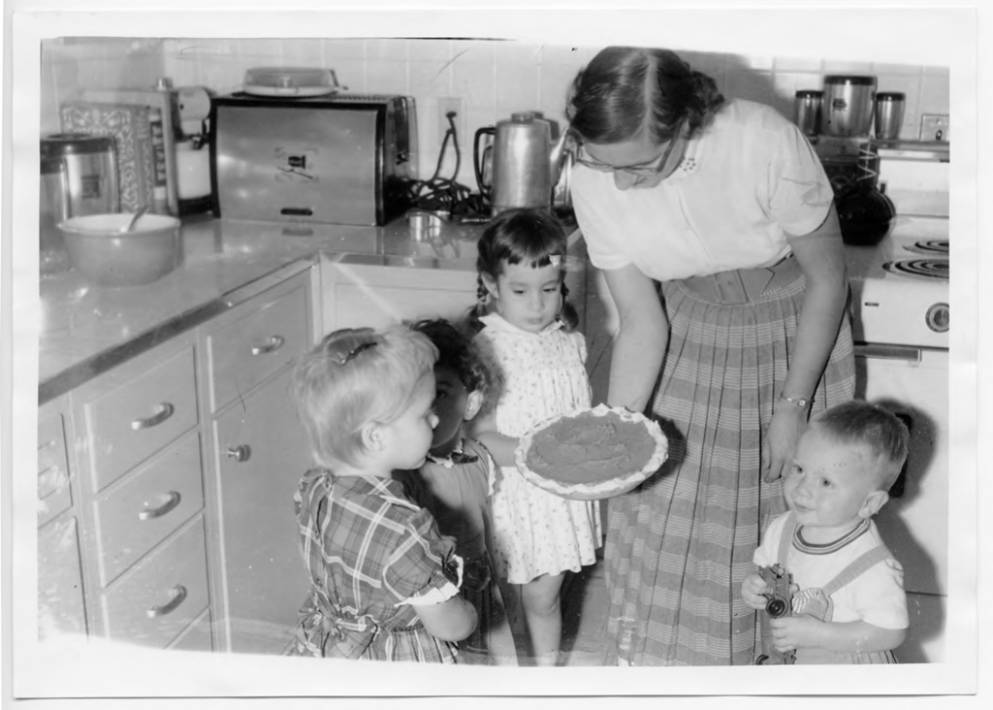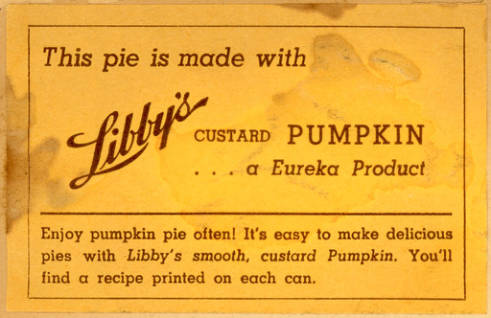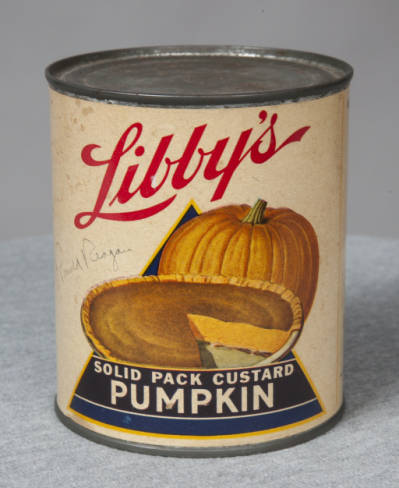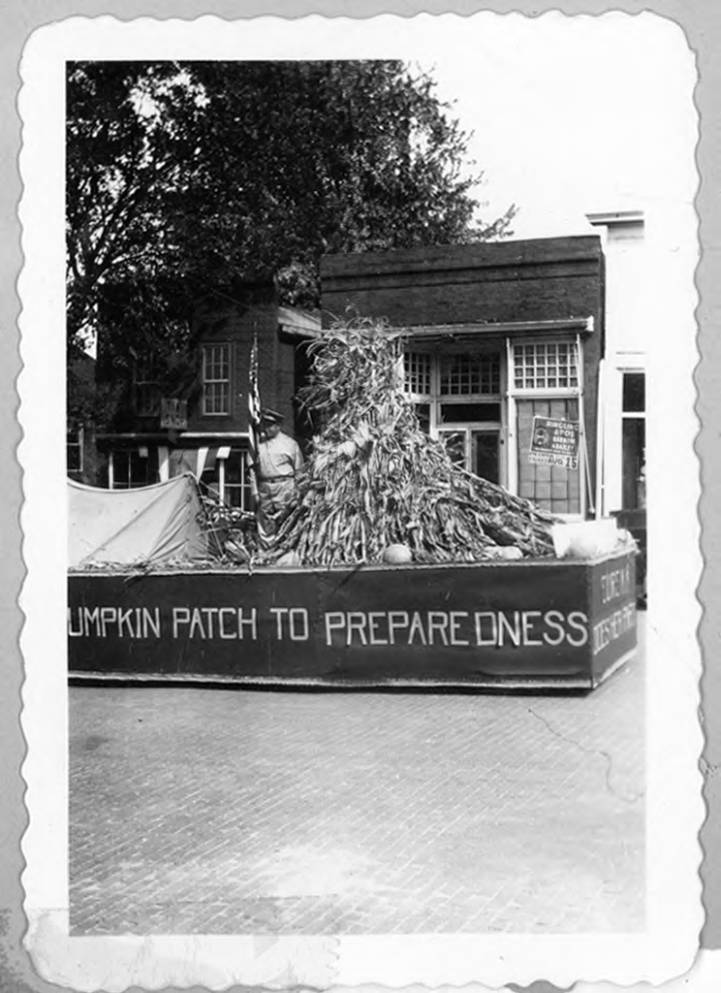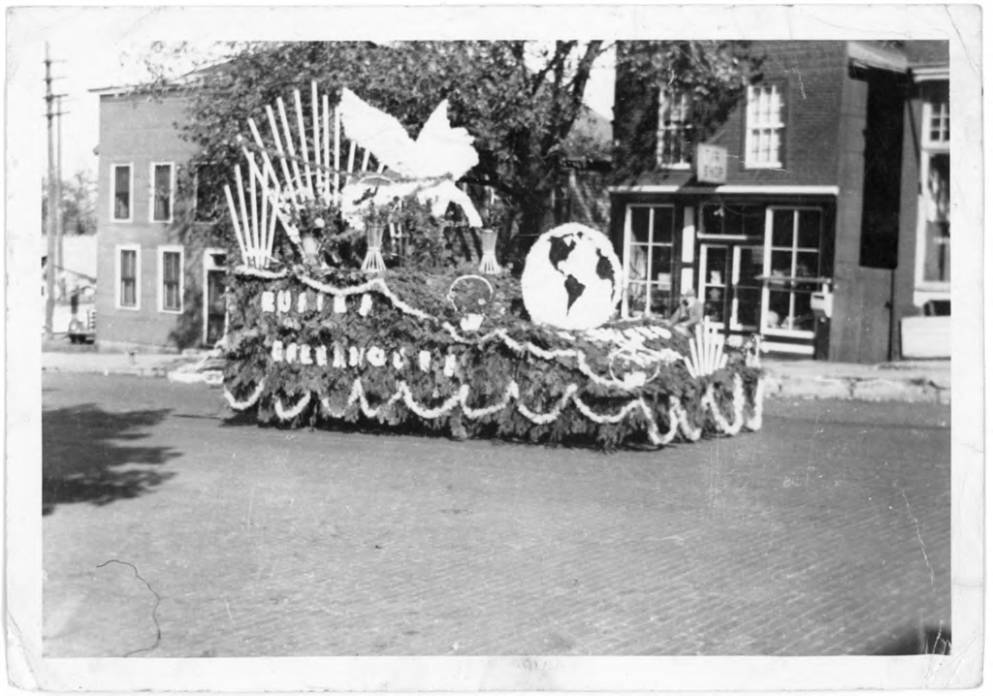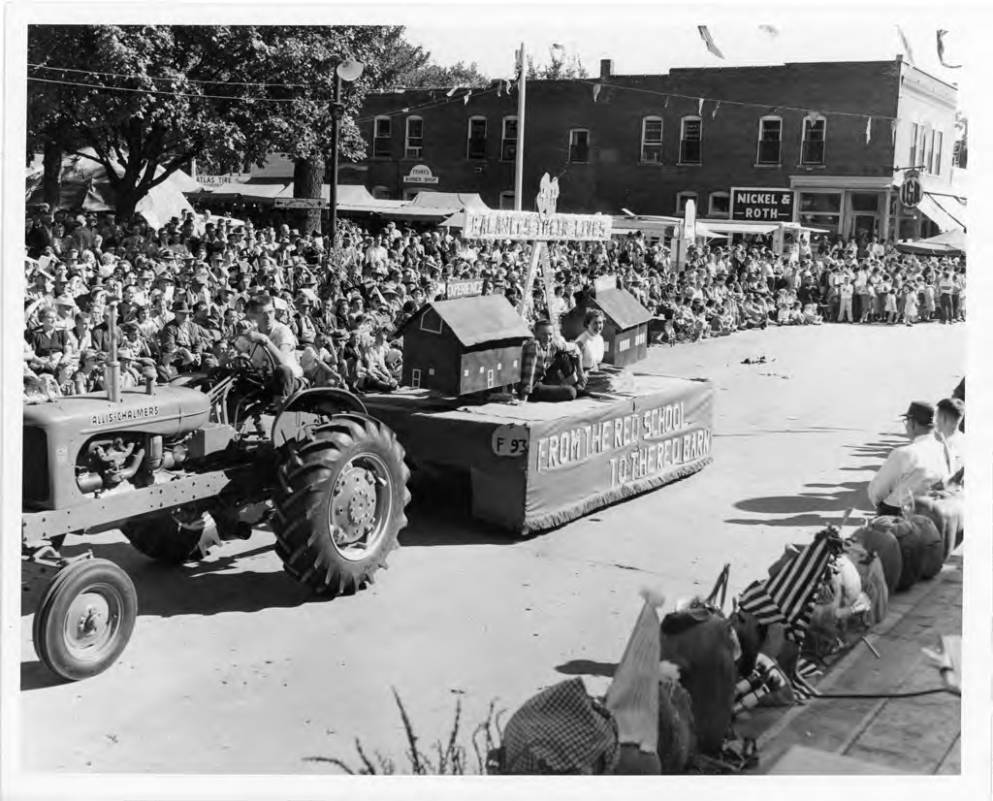This month at the IDHH we’re looking back at how agriculture and industry shaped civic life in small-town Illinois. We’re looking especially at how agriculture and industry created senses of local identity that could be celebrated. It’s now fall, and Illinois’ legacy of harvest festivals, and celebrating the busy growing season as a community is close to our heart. Looking back through our contributor’s collections we found “Pumpkins, Parades, and Pies– Eureka’s Pumpkin Festival Past 1939-1961” from our partner the Eureka Public Library District.
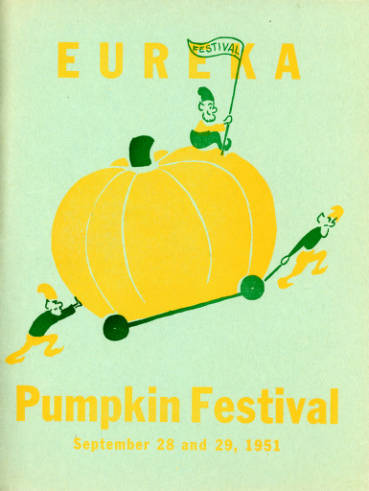
Between 1939 and 1961 the third weekend of September saw the Eureka Pumpkin Festival in Eureka IL. It was first organized by the Eureka Community Association to bolster the local economy after the Great Depression. Its first year, the festival brought 10,000 visitors over the course of the weekend to the small town of 1,700 people. The Eureka Public Library District has gathered over 300 photographs, scans of pamphlets, recipe books, and souvenir ephemera that document the festival. Eureka’s connection with pumpkins began 35 years earlier when Dickinson and Company first canned pumpkin, relying heavily on local farms with their success. Dickinson and Company was bought by Chicago-based Libby, McNeil, and Libby Company in 1929, and with it the recipe for “pumpkin custard”. With Libby’s nationwide distribution network, canned pumpkin became an autumn staple in homes across the country.
Above: Libby’s “custard pumpkin pie” label used in conjunction with Eureka Pumpkin festival c.1946. A Libby’s Pumpkin Can Signed by actor Ronald Reagan c. 1947. Eureka College Ronald Reagan Museum. Permission to display images provided by the Eureka Public Library District.
The festival continued annually for the first three years, but was interrupted and discontinued with the United States’ involvement in World War II after the 1941 festival. Global politics and community life was reflected in the parade’s floats, where both themes of peace, agricultural heritage and social clubs, and anticipating the United States’ entrance in WWII, canning’s contribution to war preparedness.
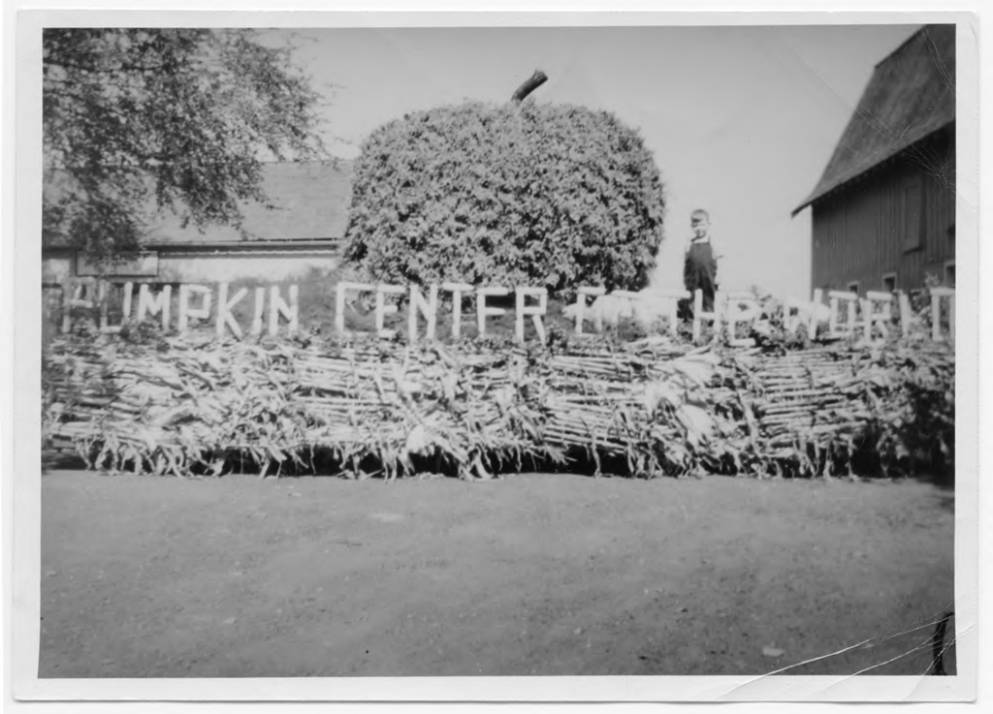
Permission to display was provided by the Eureka Public Library District.
After WWII, the festivals ballooned to 50,00 people attending. In 1947, then-film star and Eureka College alumnus Ronald Reagan and Governor Dwight H. Green were invited to Eureka to crown Joan Snyder the Pumpkin Queen. The Pumpkin Queen and her attendants were a large part of the parade, in so many ways the face of the other hundreds of coordinators and volunteers who made the festival possible. Photographs of the Queen and her attendants in the collection show an interesting and idiosyncratic spin on mid-century pageants. The promotional material generated for the souvenir booklet (of which all the post-World War II festival’s have been fully scanned as part of the collection) show the Queen and her attendants in a local pumpkin field in full pageant-wear.
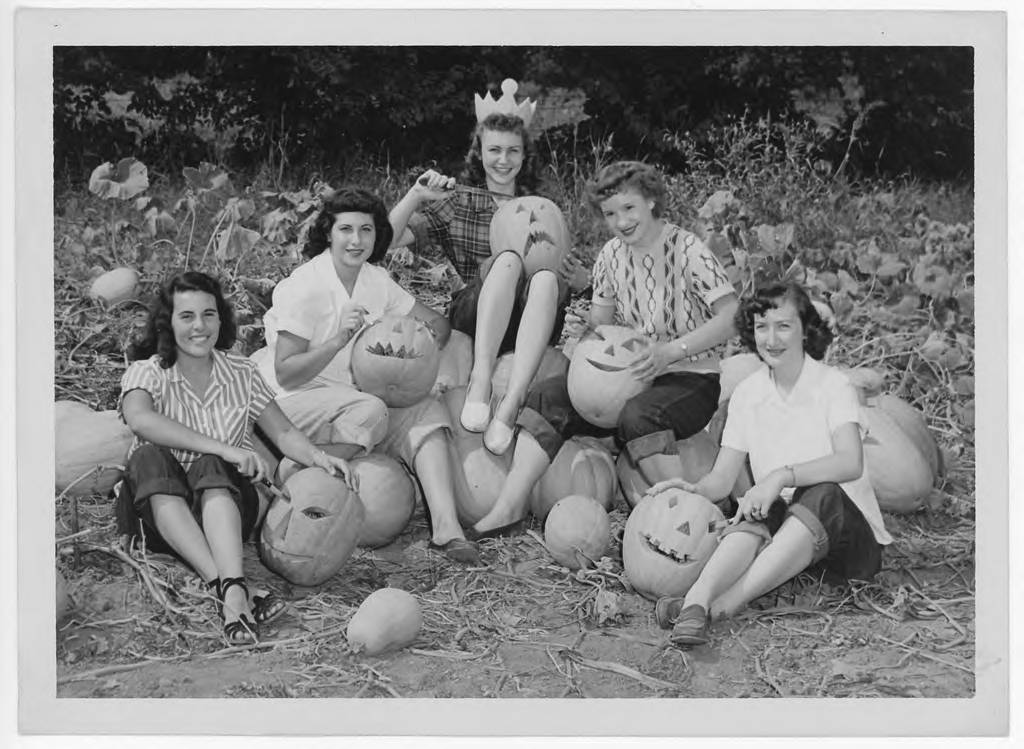
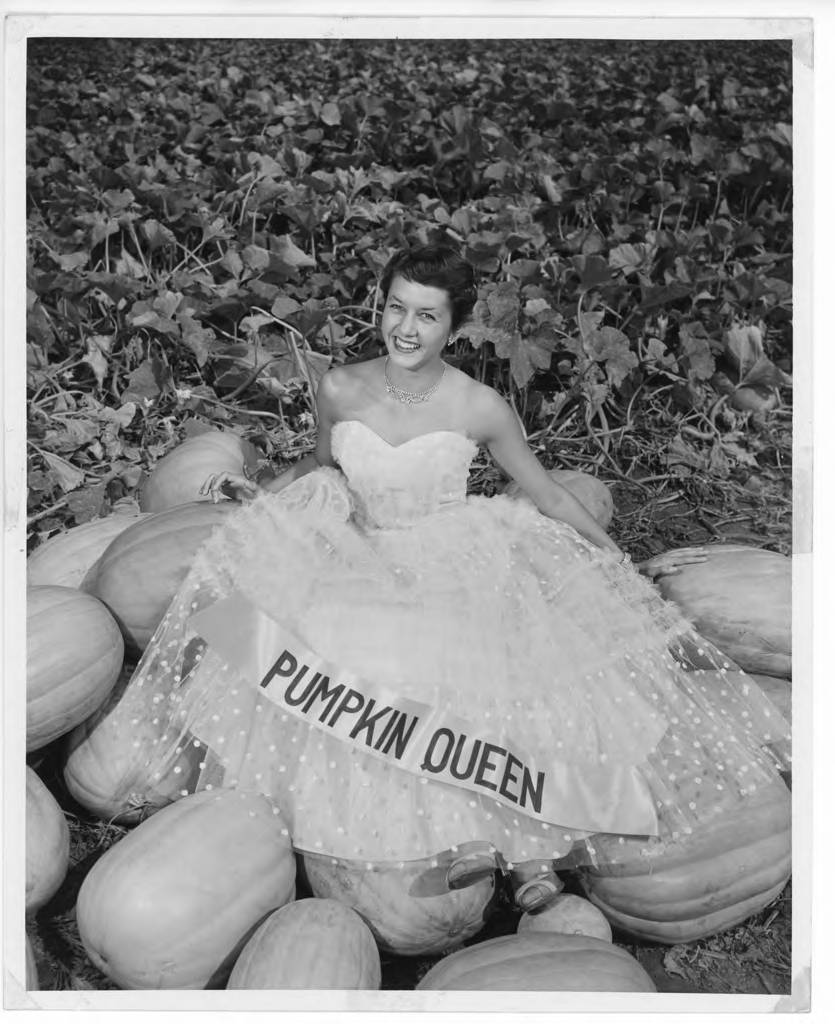
In 1959, the centennial celebration included a beard-growing and period-wear contest in addition to the traditional pageant.
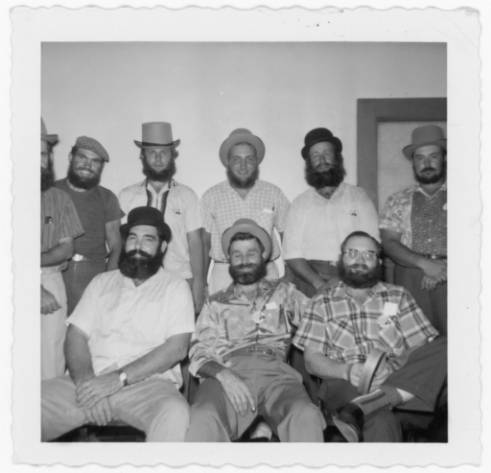
The last Eureka Pumpkin Festival was held in September 1961. The November prior, Libby’s closed the Eureka canning factory and moved its operations to the Morton plant. For more on the pumpkin and mid-century american life be sure to visit Eureka Public Library District’s collection. Happy Autumn.
